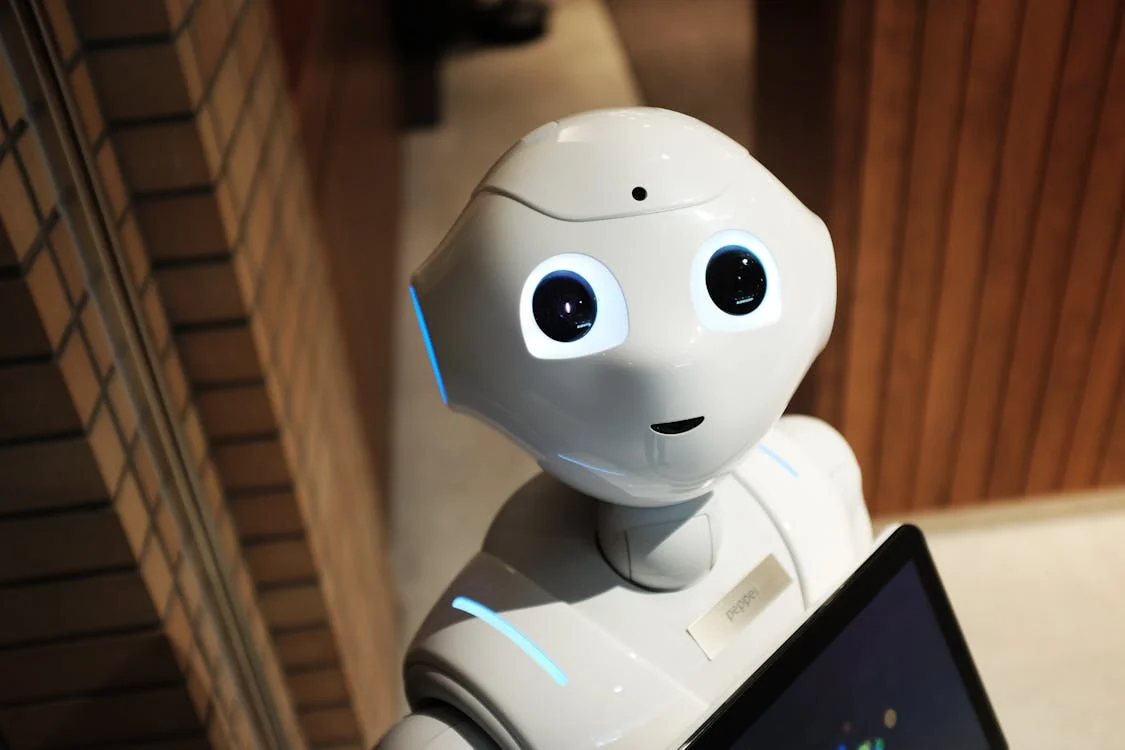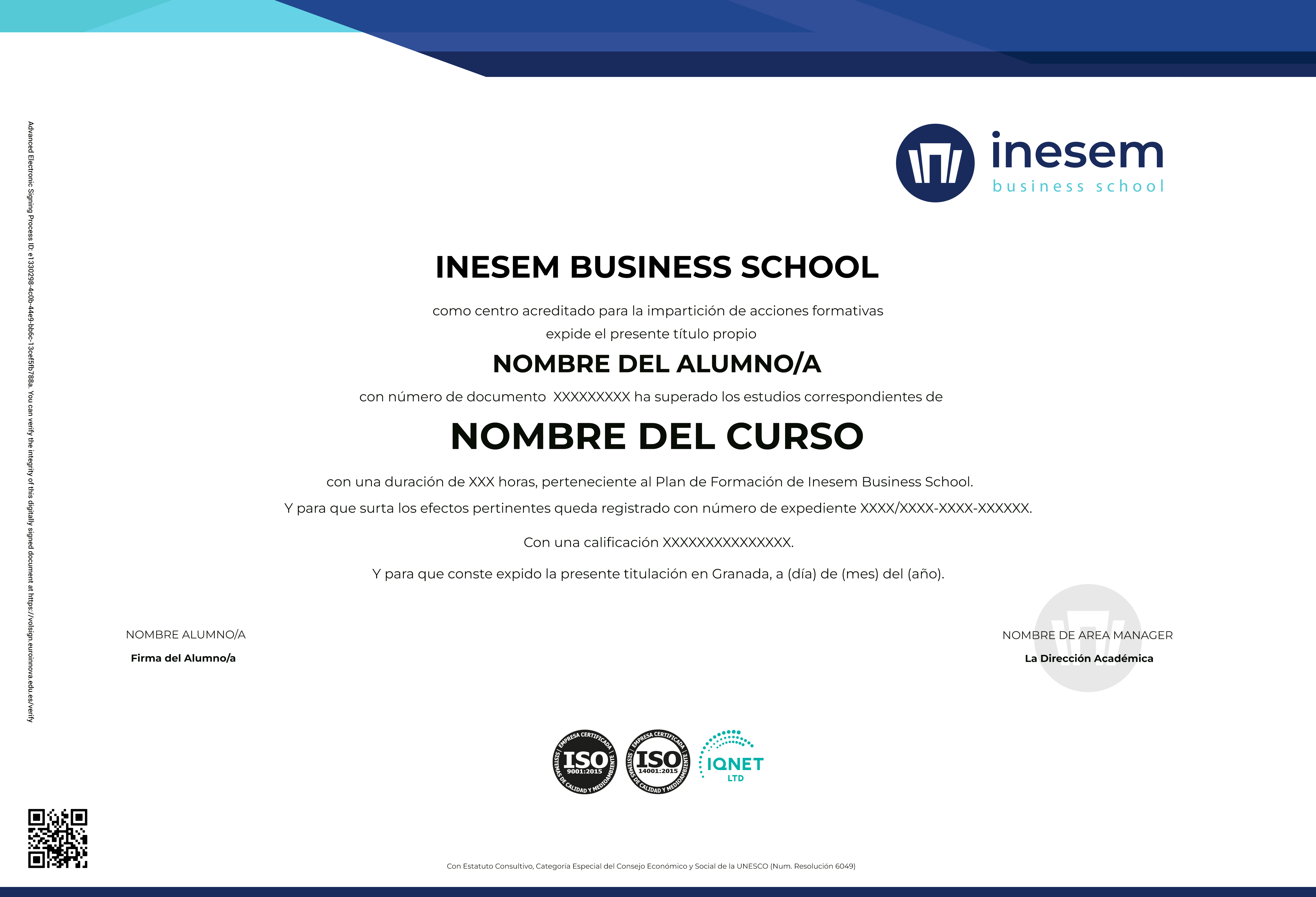Currently, artificial intelligence and robotics are two of the most worked-on fields in technology. These technologies are increasingly used across various sectors, leading to a significant rise in their innovations, as well as the advantages they offer us. Thanks to this Course on Techniques and Applications of Artificial Intelligence, you will gain the necessary knowledge in robotics, automation, and mechatronics, enabling you to design systems and much more.

Artificial intelligence (AI) is revolutionizing various industries and transforming how we live and work. Its importance lies in its ability to process vast amounts of data quickly, enabling more informed decision-making. AI is used in a wide range of applications, including healthcare, where it helps in diagnosing diseases and personalizing treatment plans. In finance, AI improves fraud detection and enhances risk management. It also plays a crucial role in automation, streamlining manufacturing processes and improving efficiency. Additionally, AI is shaping the future of transportation with autonomous vehicles and improving customer service through chatbots and virtual assistants. As AI continues to evolve, it has the potential to solve complex problems, from addressing climate change to advancing scientific research. The growing integration of AI into everyday life highlights its importance in creating smarter, more efficient systems, making it a key driver of innovation across sectors.
Learn about the evolution of robotics in recent years, how to integrate it with other systems like artificial intelligence or other automation systems, gain knowledge about programming, and understand mechatronics to develop such systems. All of this can be done from home using the online methodology offered by Euroinnova International Online Education in the Course on Techniques and Applications of Artificial Intelligence.
Robotics and the advantages it offers us
Robotics is a multidisciplinary science, as it encompasses various activities and branches of study. This is due to the combination of different technologies aimed at creating machines capable of performing a series of tasks automatically, even mimicking the behavior of humans or animals. Thanks to this creation, great functionalities are achieved, and from some perspectives, it can be considered as a robot with movement capabilities. Therefore, robotics aims to create machines with functionalities very similar to those of humans, thus relieving us from many activities.
As we mentioned, robotics works with various disciplines. Among the best-known ones are engineering, construction, mechatronics, electricity, and much more. Thanks to the use of this technology, we have gained significant advantages in many activities, including:
- Precision: By following specific parameters, tasks are carried out automatically with greater precision, achieving consistent results and quality throughout the process. This is much more complicated if done by humans. With greater precision, errors are reduced, leading to significant economic savings and better production control.
- Emotional: Robots can provide assistance in many situations, and one of the major advancements is the ability to offer emotional support and help to people.
- Danger: Many tasks are highly dangerous for humans, but with robotics, these tasks can be performed by machines, reducing the risk for humans, which has brought significant benefits to all industries.
- Augmented reality: Robots can create an augmented reality image with ease.
- Speed: Robots work at much higher speeds than humans, leading to greater efficiency in production and meeting deadlines with better control.
- Costs: As you can see, all the advantages result in cost reductions, from fewer errors to higher productivity.
- Activities humans cannot perform: Robots can perform activities that would be fatal for humans due to natural causes, or reach places that are physically inaccessible.
Programming languages in robotics
Among all programming languages, some are commonly used in robot programming. It’s important to note that the choice of language may vary depending on the tasks you want the robots to perform. Some of the most commonly used programming languages for robotics include PHP, C#, Java, Python, and even MATLAB.
There are many languages used, depending on their functionality. If you want to learn how to program robots, integrate them with AI, and delve deeper into this professional field, don't hesitate to take the Course on Techniques and Applications of Artificial Intelligence.
Gain unique specialization with Euroinnova International Online Education and learn to perform many tasks in the robotics sector with the Robotics Artificial Intelligence Course offered to you.
Request information with no obligation and feel free to enroll in the Course on Techniques and Applications of Artificial Intelligence.
We look forward to seeing you!


















